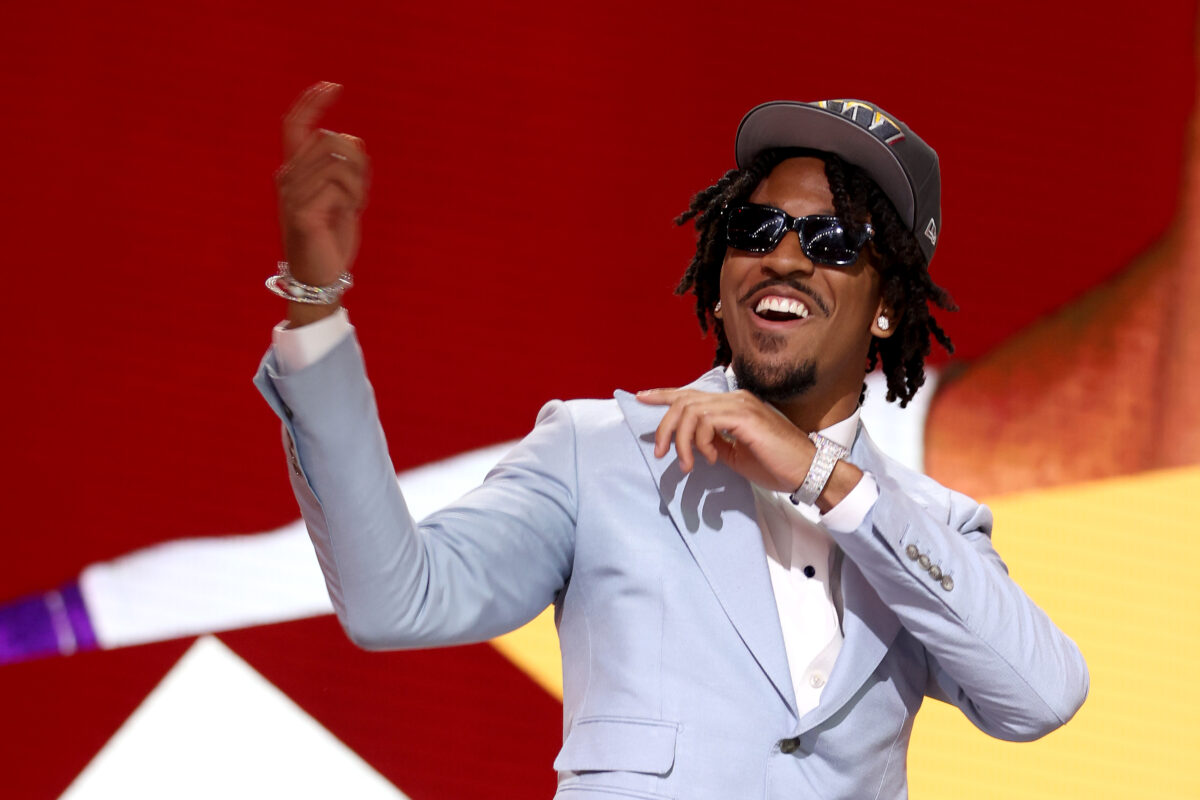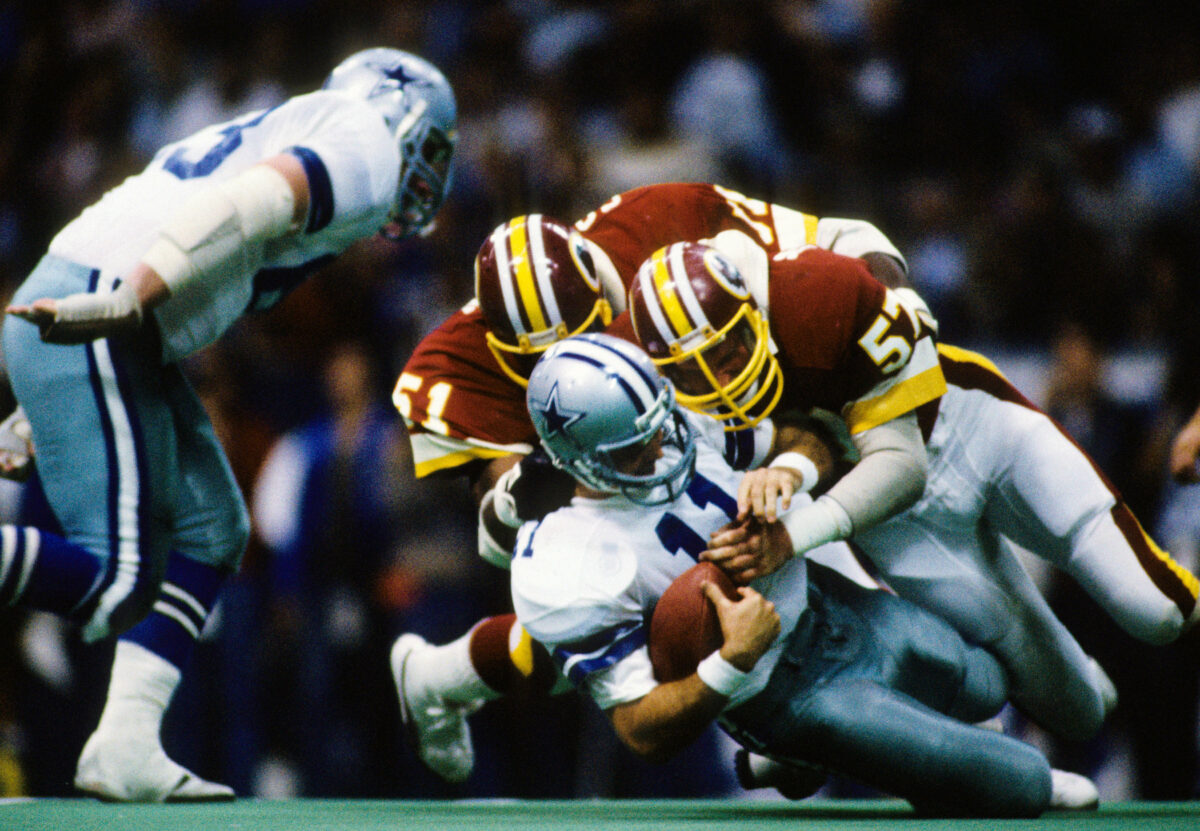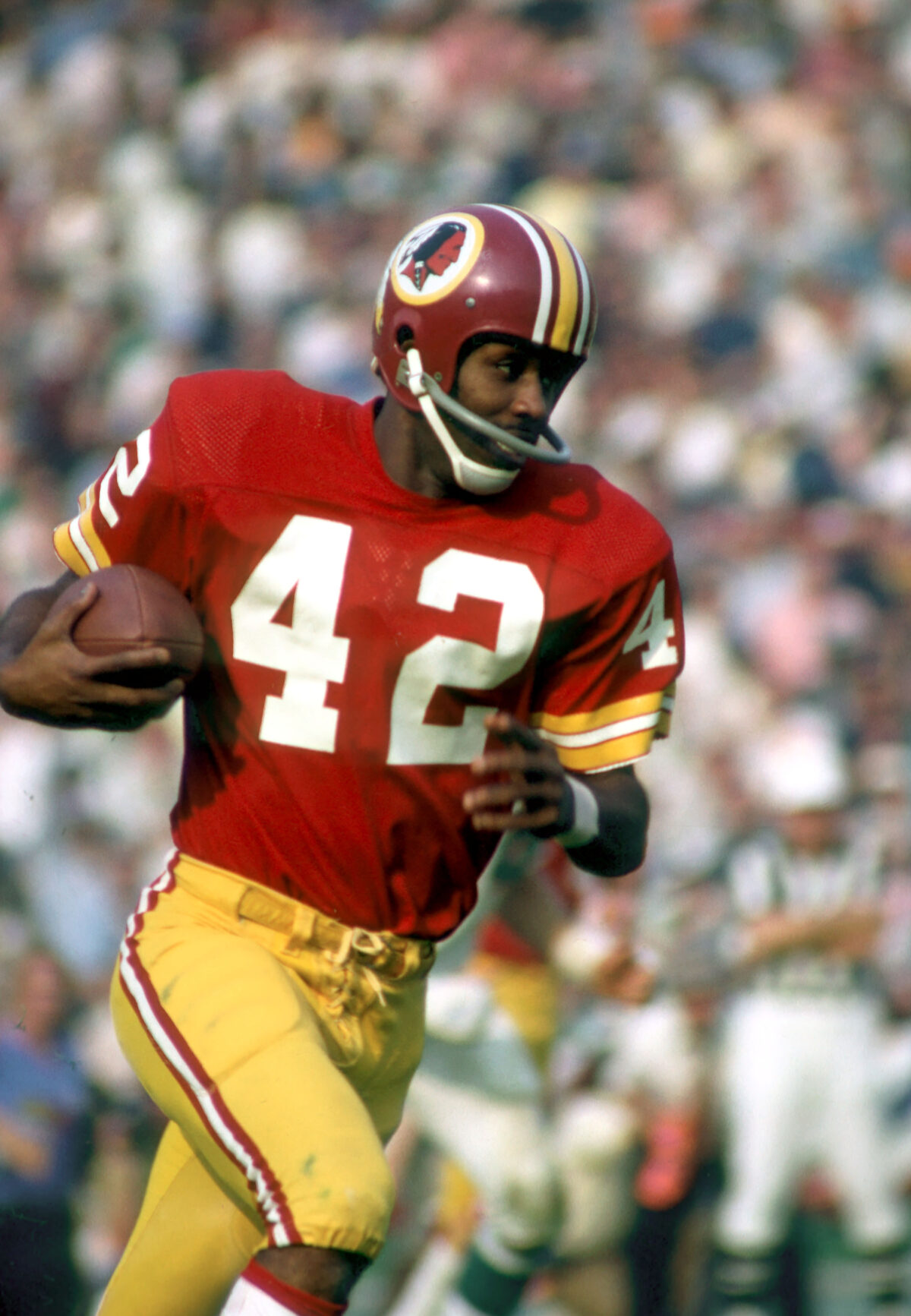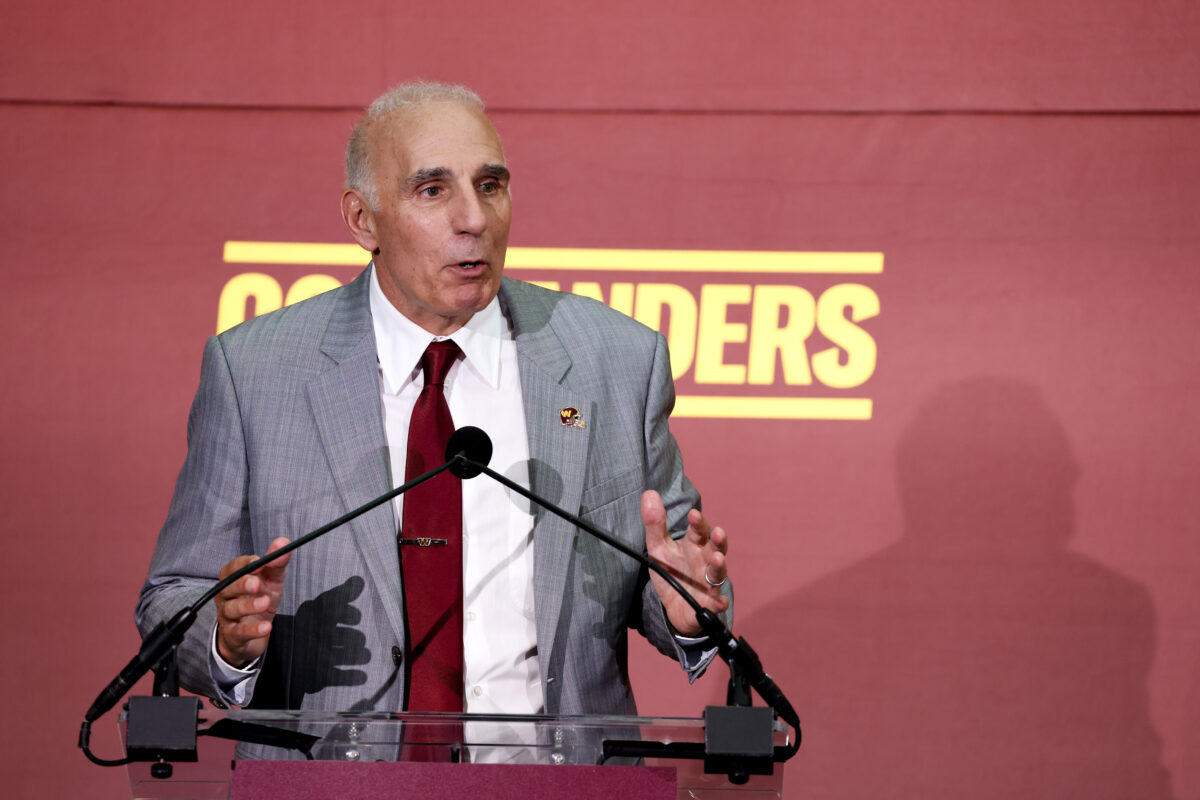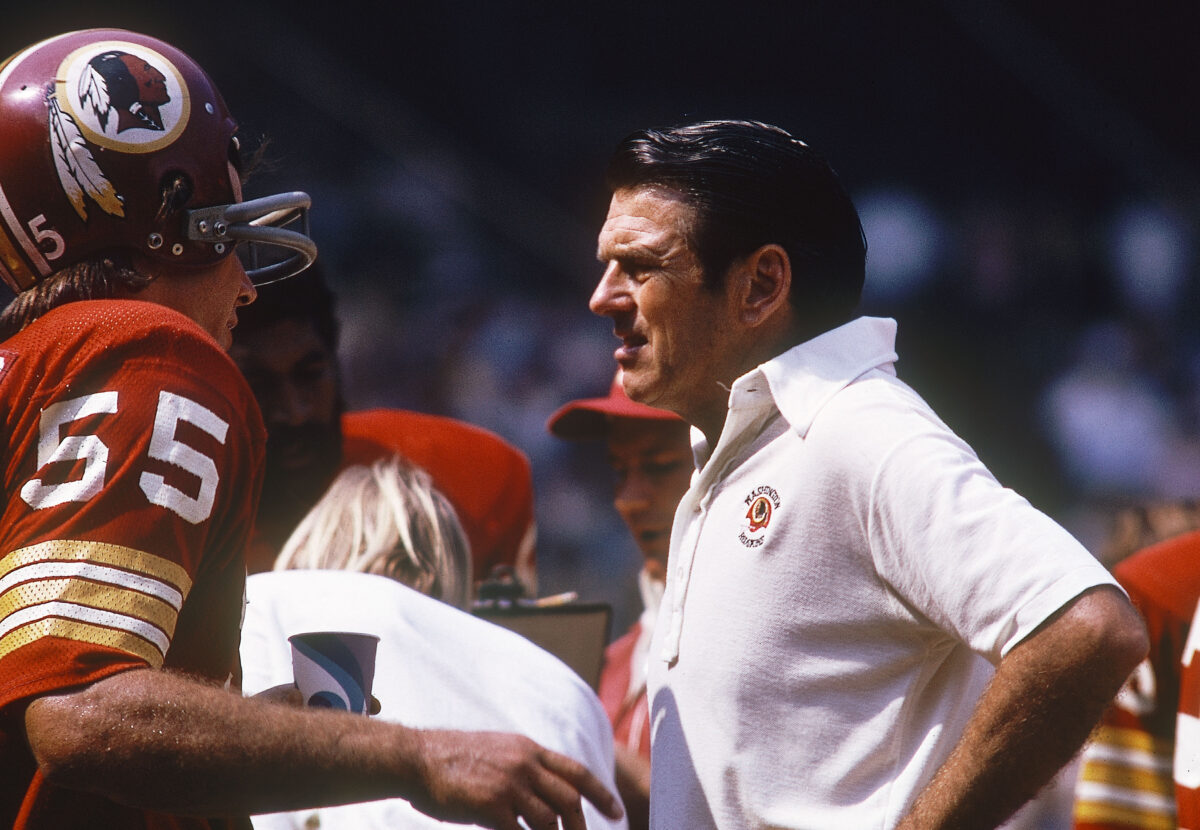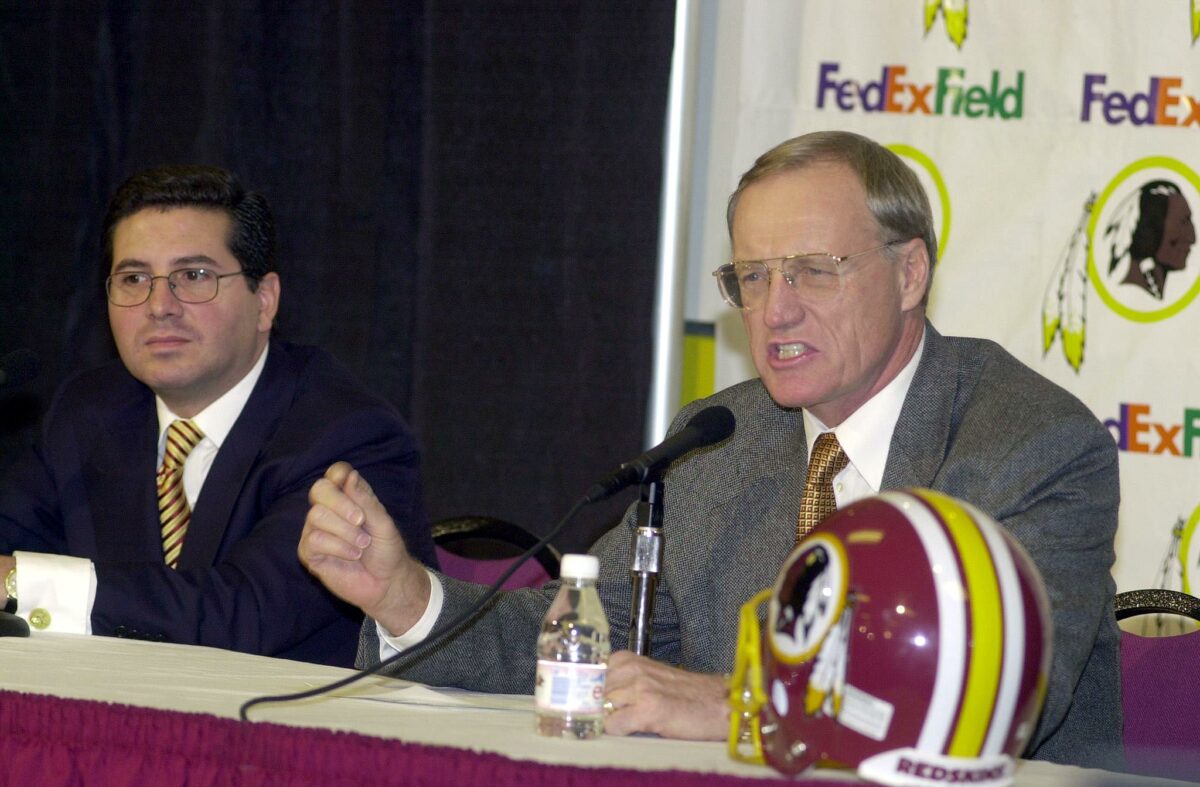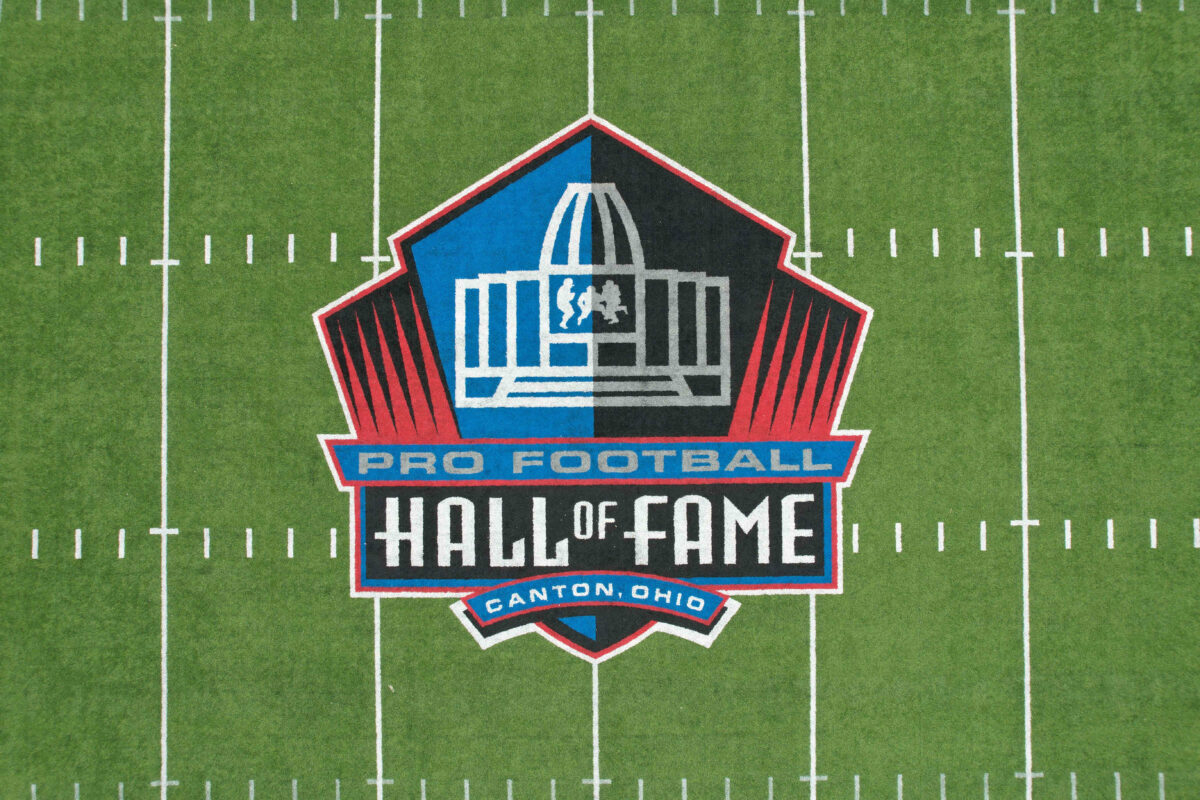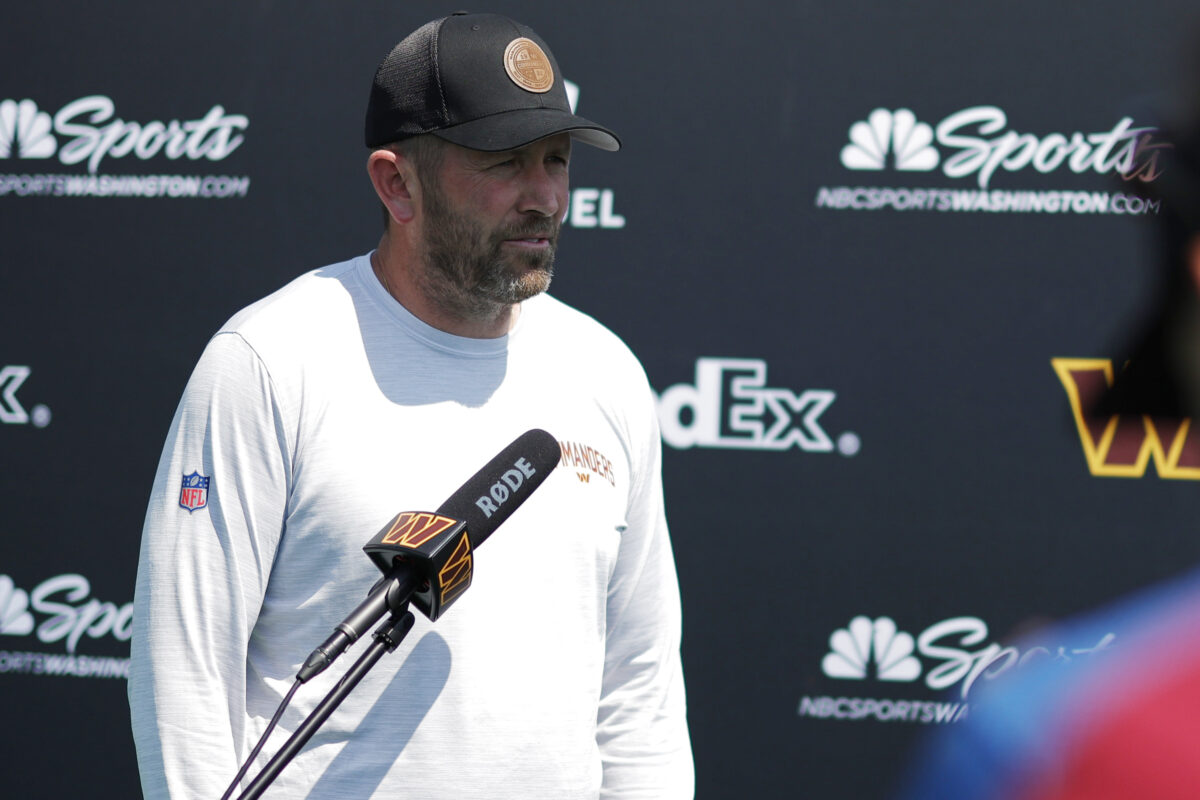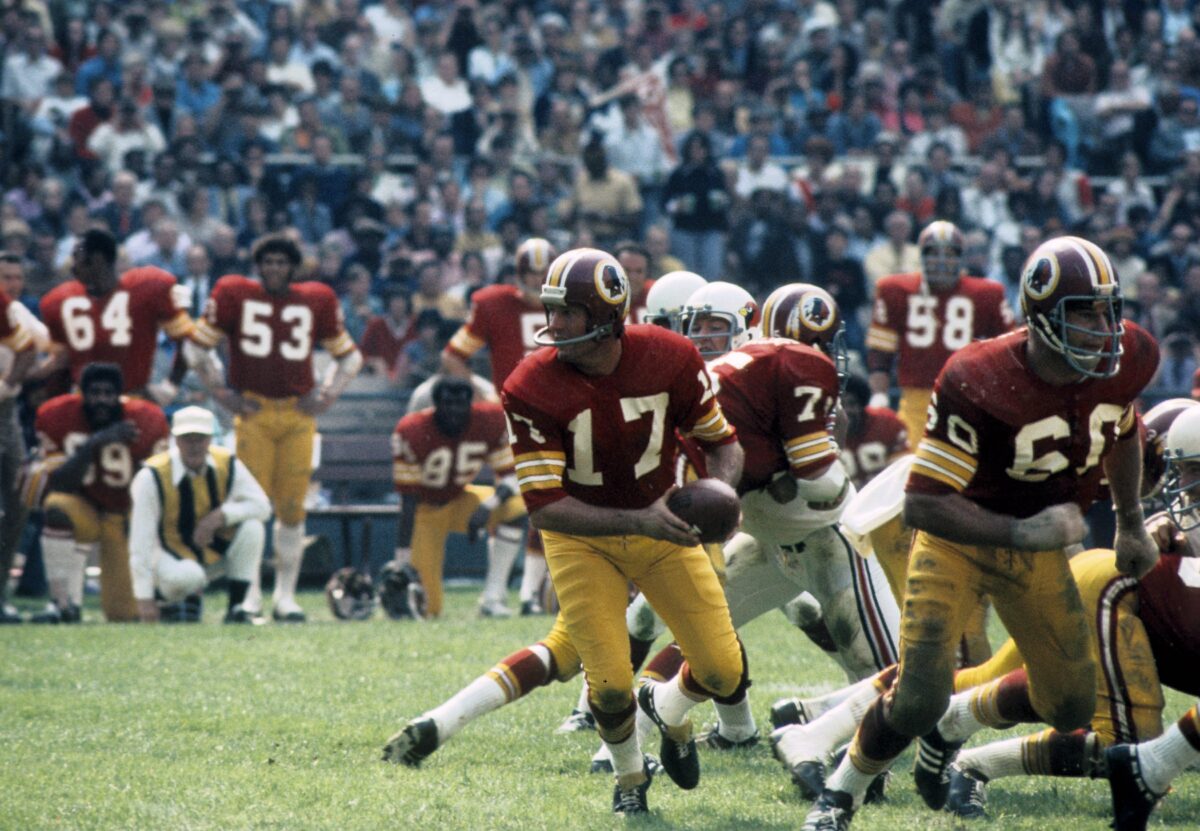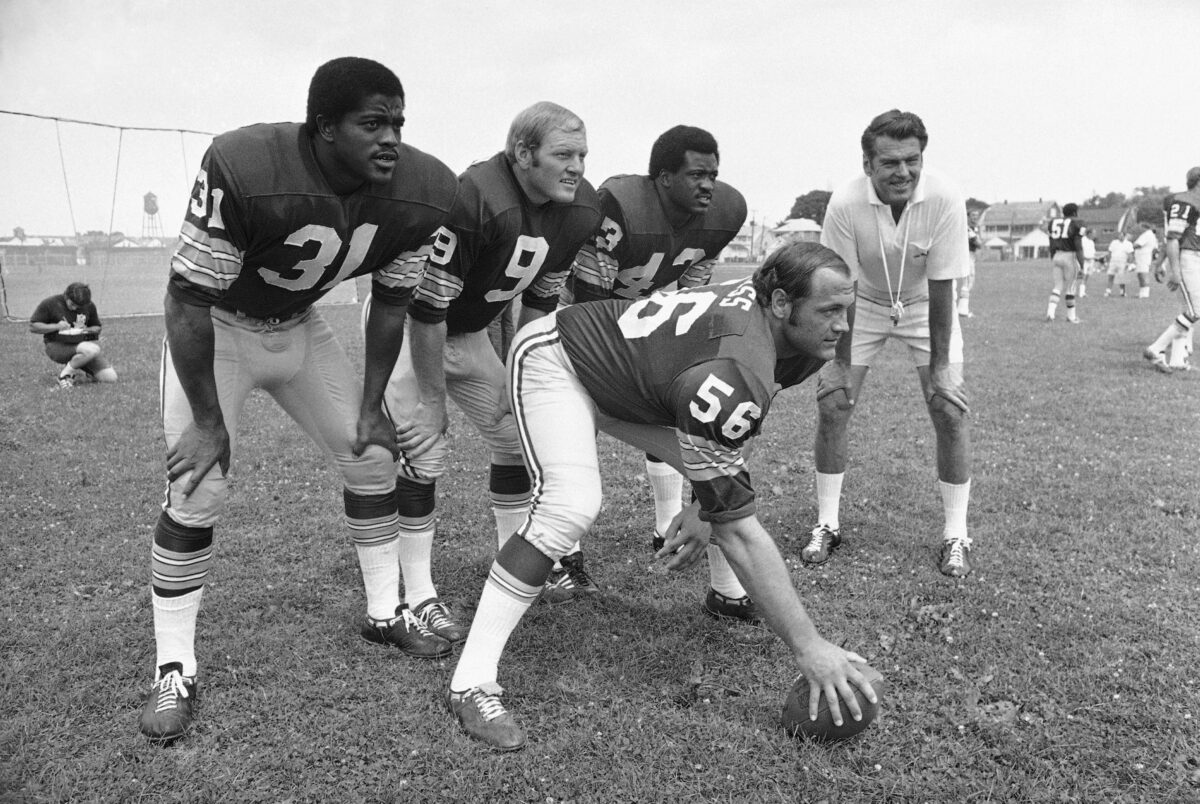It’s that time of year again, and everyone’s favorite NFL team is going to be much better than they were in 2023.
All of the draft selections your team made in April have tremendous upside. Your fan base is busy projecting how good they are going to be in 2024.
I remember how George Allen was always acquiring a couple of new veterans every off season. “The future is now,” Allen would proclaim, firing up the fan base. The Redskins were going to be even better next year.
That was 50 years ago, and I’ve been watching this phenomenon ever since.
But this offseason, may take the cake regarding the Commanders.
Three weeks ago, ESPN’s Louis Riddick declared Commanders rookie quarterback Jayden Daniels was “going to take the town by storm.” After three weeks, Riddick has had more than enough time to calm down and become more realistic, right?
After the latest workouts Riddick talked of how the ball rarely hits the ground, Jayden Daniels is that good. Not to be outdone, ESPN’s Jeremy Fowler last week exclaimed that others around the NFL are saying, ” I am kinda scared to death of what Washington could be with Jayden Daniels.”
But “Scared to death of Washington…” People, they were 4-13 last year, and Daniels is going to be so great in his rookie season. Are other NFL insiders already scared to death of Washington?
If Daniels and the Commanders are already scaring them to death, what is Washington’s record going to be this season? Scared to death? Does that mean 12-5? 13-4?
Excuse me, did you forget about the offensive tackles? How about the defense that was absolutely last in several categories last year? Noticed how Ron Rivera’s four first-round choices have performed?
Of course, Adam Peters and Dan Quinn have worked hard to improve the roster, and Daniels will make exciting plays, but do you remember great NFL quarterbacks like Joe Burrow, Lamar Jackson, and Josh Allen who struggled at times as rookies?
Have those guys forgotten Justin Herbert still hasn’t won a playoff game?
We here at Commanders Wire want very much for Daniels to have a productive rookie season, but lets’ have some realistic expectations, shall we?
